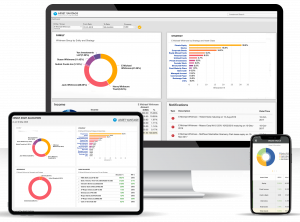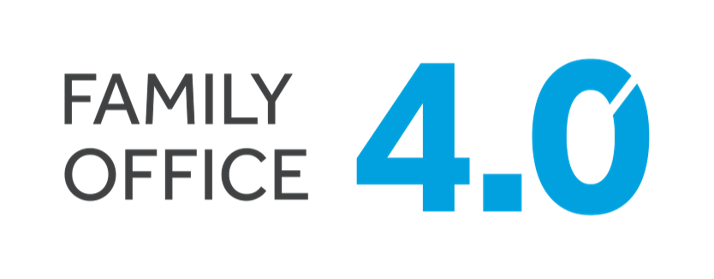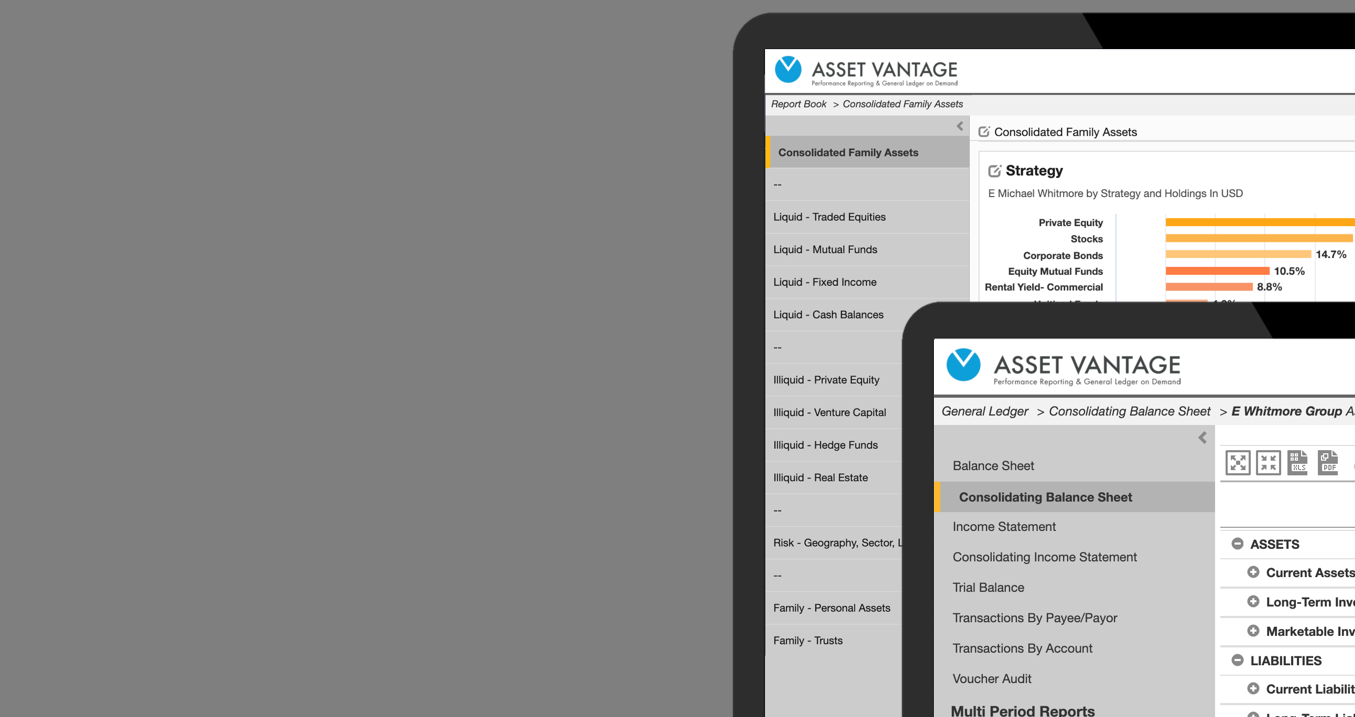Simplify complex investment accounting to make better-informed decisions on family wealth
Family principals are rightly concerned with tracking investment performance and risk. That’s how they measure success and perform their roles as custodians of wealth for future generations. However, such information’s accuracy comes from seeing the complete picture of the portfolio.
The full picture can only be presented by a full general ledger based investment tracking system. But traditional accounting systems, based on journal entries and ledger balances, don’t provide this view.
“When family members, their investments and accounting are disconnected, it inflames risk and destroys opportunities and often tears at the fabric of the family itself.”
Investment decisions are premised on a number of factors. A principal will need to understand liquidity and cash flow, exchange rates, tax laws, asset ownership structures and investment related expenses. In many family offices, staff members maintain separate systems—some manual some automated—to capture that information. Too often, their efforts are inefficient and prone to errors.
Investments held through an intricate structure of trusts and partnerships only add to the complexity. The Family Office staff and principals need to cut through this complexity to make well-informed decisions.
New technologies are enabling some family offices to see through the intricacies of tiered asset ownership and multi-class, multi-jurisdictional assets. Software can be used to record transactions from an investment as well as accounting perspective.
Such an investment and accounting system is one which:
- Consolidates data across different asset classes
- Generates analytical as well as regulatory reports
- Uses automated processing to reduce errors
- Builds in best practices to maintain uniformity
- Supports the unique needs of each family office
- Includes robust audit capabilities to review and track data changes.
The objective is to present a full picture of a family’s wealth—including all of its assets, liabilities and expenses—in a single frame.
The way to build such comprehensive investment accounting and reporting capability is to link investments and accounting from the bottom up.
Central to this approach is the chart of accounts (COA). As an index of all ledgers maintained by an entity, it classifies financial transactions into balance sheet and income statement categories as per applicable accounting standards. To align accounting with investment management, different asset types can be distinguished and defined at the COA level.
The software then tags investments with their asset-class, sector, liquidity status, country and even the advisor who recommended or manages the asset. Using those tags, details such as country-specific tax liability, associated costs or cash flow forecasts are calculated automatically.
Even where families hold assets through multiple entities, technology can be used to distinguish and maintain their individual data. Information of investments held and income earned through these partnerships can then be automatically consolidated.
Such investment-led accounting not only meets the needs of the accounting team concerned with compliance, it also gives the principal a handle on investment performance.
When family principals and their professional advisors have greater visibility of financial information, they can exercise more control, ask detailed questions and make better decisions.
Asset Vantage achieves this comprehensive investment accounting and reporting capability. The way in which AV’s platform links investments and accounting from the ground up is transforming the way family offices work.
Imagine a one-stop solution for all your family office needs.




